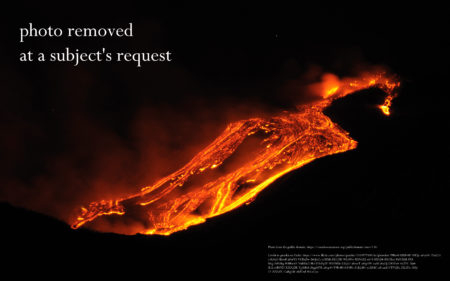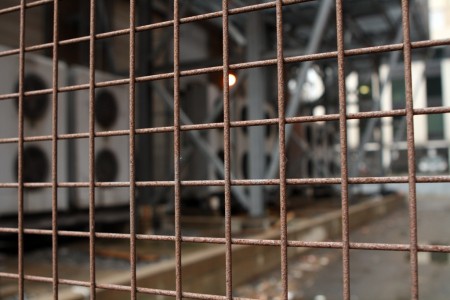160 megabytes worth of emails – ostensibly from the University of East Anglia’s Climatic Research Unit – have apparently been obtained by hackers and posted online. Being emails between colleagues, they are written in a less formal style than public documents. Some blogs and news sources critical of the mainstream scientific view are hailing the emails as proof of poor practice within the scientific community, or evidence that the consensus view on climate change is incorrect or an intentional fabrication. Various climate change blogs have put up responses to the whole event and to those allegations:
Firstly, it isn’t clear that these emails contain evidence of any wrongdoing. Secondly, it hasn’t been established whether the documents are all genuine and unaltered. Thirdly, and most importantly, the consensus on anthropogenic climate change is bigger than any one specific institution. It is based on multiple lines of evidence that support the same conclusions – something that cannot be said about alternative hypotheses, such as that nothing is happening or that observed warming is not mostly being caused by greenhouse gasses.
RealClimate probably has the best analysis on the significance of all this:
More interesting is what is not contained in the emails. There is no evidence of any worldwide conspiracy, no mention of George Soros nefariously funding climate research, no grand plan to ‘get rid of the MWP’, no admission that global warming is a hoax, no evidence of the falsifying of data, and no ‘marching orders’ from our socialist/communist/vegetarian overlords. The truly paranoid will put this down to the hackers also being in on the plot though.
Instead, there is a peek into how scientists actually interact and the conflicts show that the community is a far cry from the monolith that is sometimes imagined. People working constructively to improve joint publications; scientists who are friendly and agree on many of the big picture issues, disagreeing at times about details and engaging in ‘robust’ discussions; Scientists expressing frustration at the misrepresentation of their work in politicized arenas and complaining when media reports get it wrong; Scientists resenting the time they have to take out of their research to deal with over-hyped nonsense. None of this should be shocking.
It’s obvious that the noise-generating components of the blogosphere will generate a lot of noise about this. but it’s important to remember that science doesn’t work because people are polite at all times. Gravity isn’t a useful theory because Newton was a nice person. QED isn’t powerful because Feynman was respectful of other people around him. Science works because different groups go about trying to find the best approximations of the truth, and are generally very competitive about that. That the same scientists can still all agree on the wording of an IPCC chapter for instance is thus even more remarkable.
That said, you can be sure that climate change delayers and deniers will be milking these emails for years – using them to continue to cast doubt on the strength of the scientific consensus about climate change. Thankfully, it does seem as though the world’s political elites are increasingly aware of the strength of the scientific consensus and the incoherence of the views of those who deny it.
[Update: 3 December 2009] Nature has posted an editorial about this whole incident. It makes reference to two open archives of online climate data – maintained by the IPCC (http://www.ipcc-data.org) and the US National Climatic Data Center (http://www.ncdc.noaa.gov/oa/ncdc.html).
[Update: 14 December 2009] Newsweek has printed a comprehensive evaluation of the significance of the CRU emails, written by Jess Henig of FactCheck.org. It concludes that the emails sometimes “show a few scientists in a bad light, being rude or dismissive” but that the emails do not undermine the IPCC consensus, and that: “E-mails being cited as “smoking guns” have been misrepresented.”
[Update: 20 June 2010] Wrap-up video on the CRU emails




